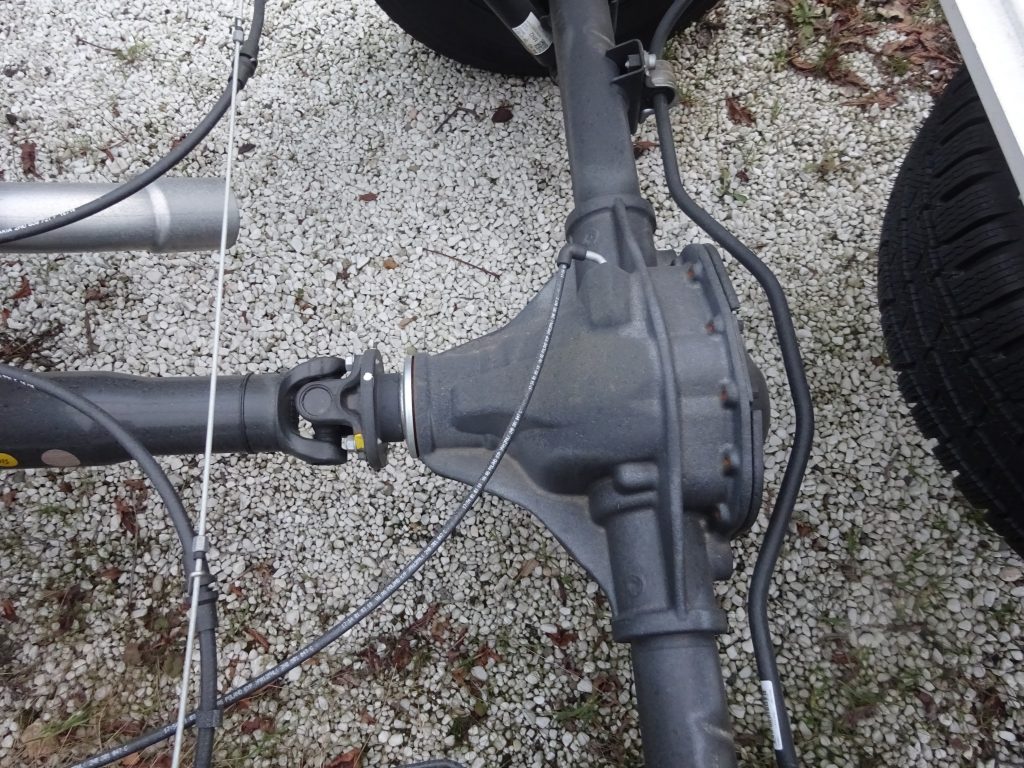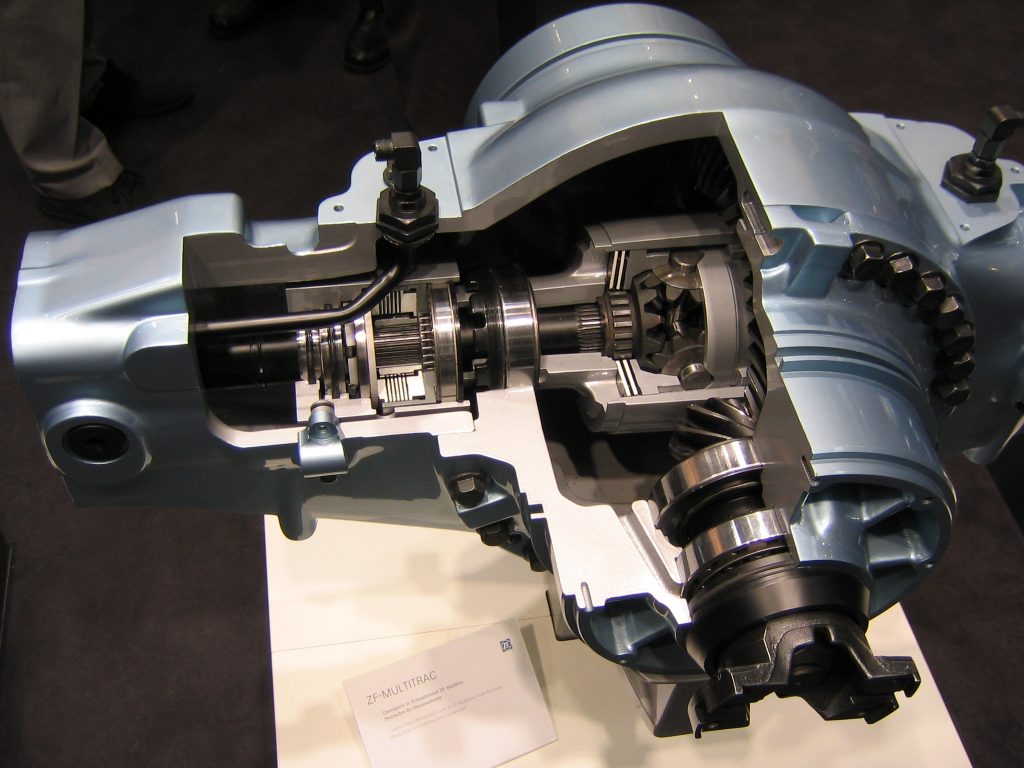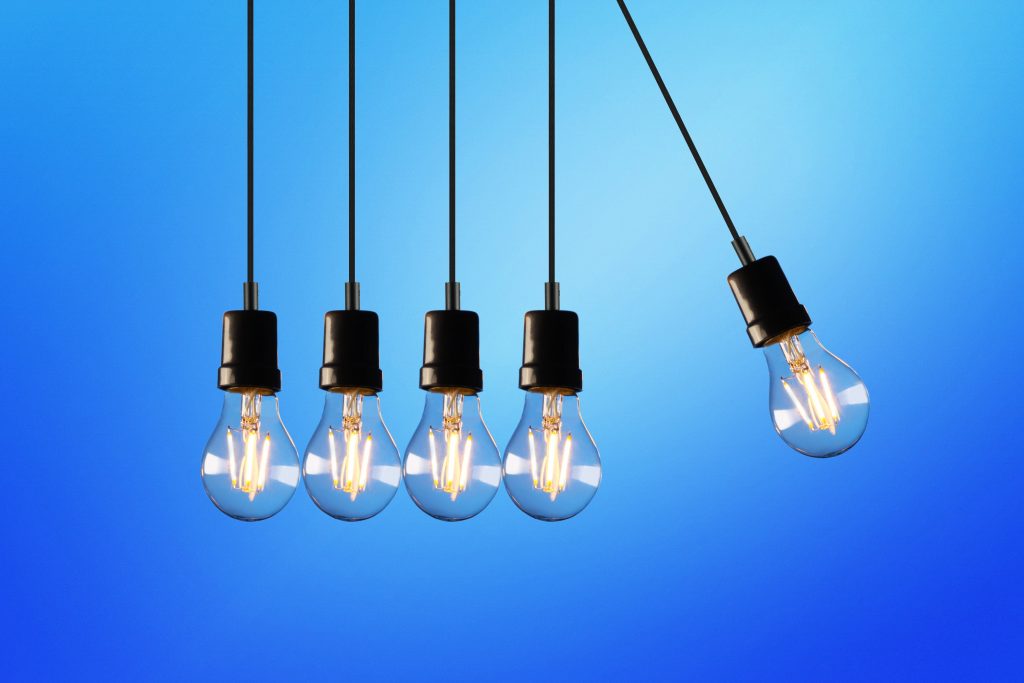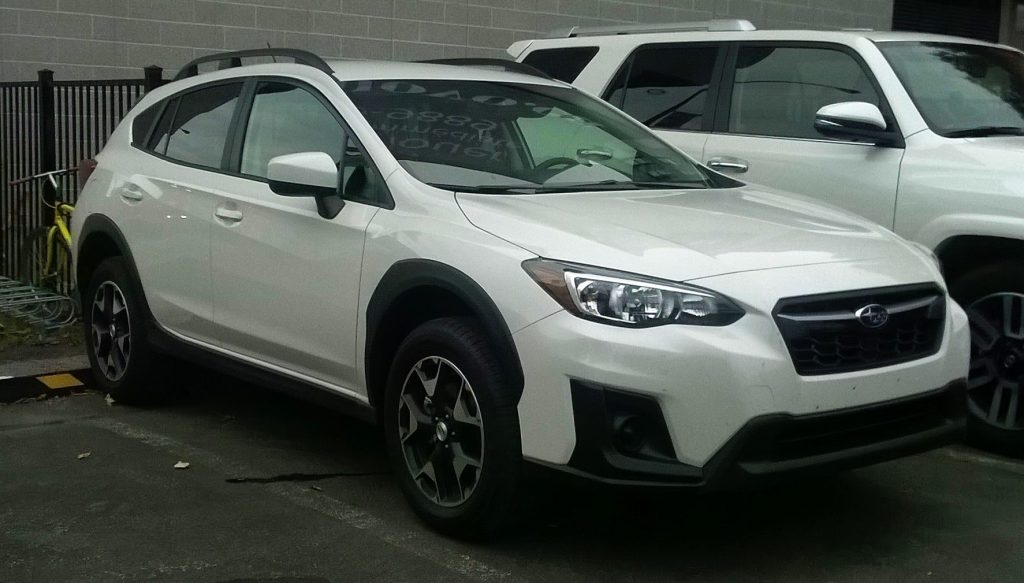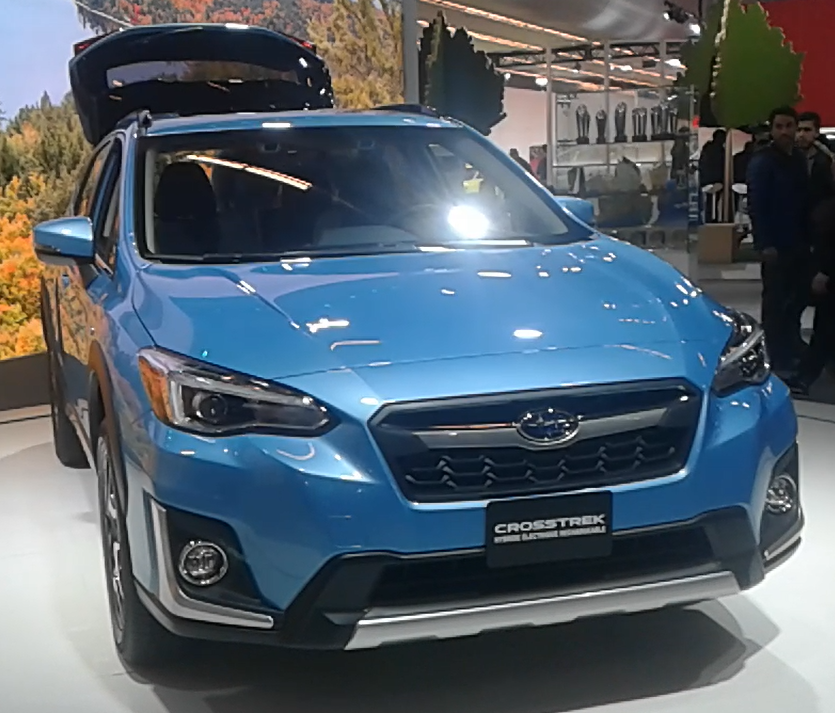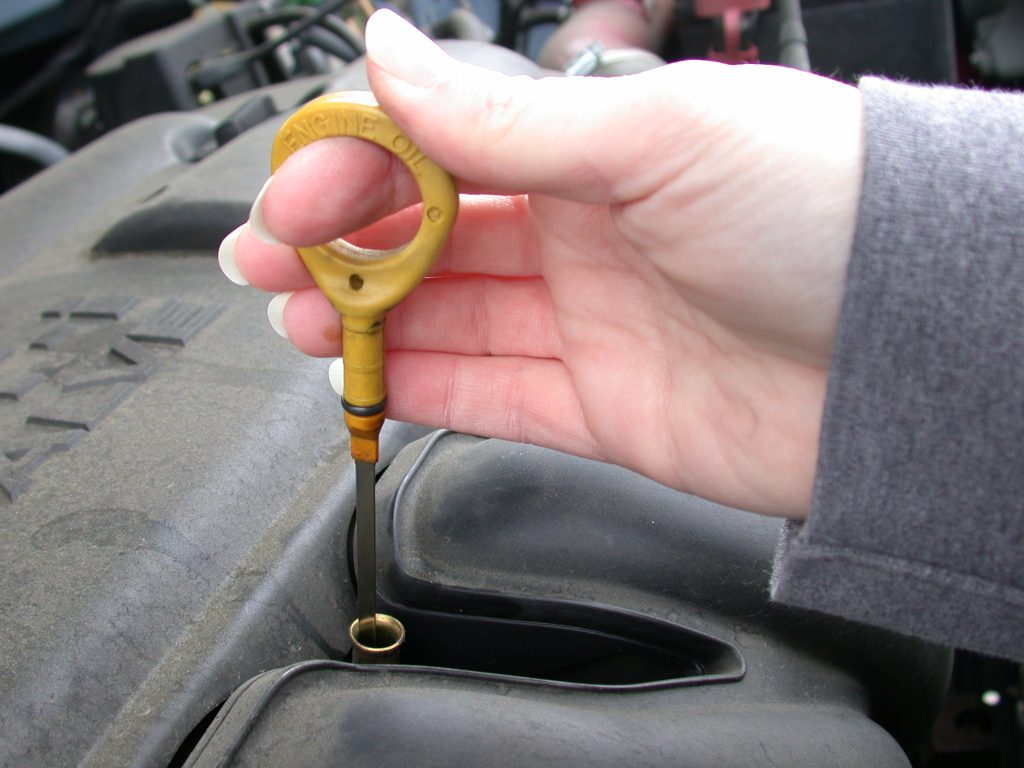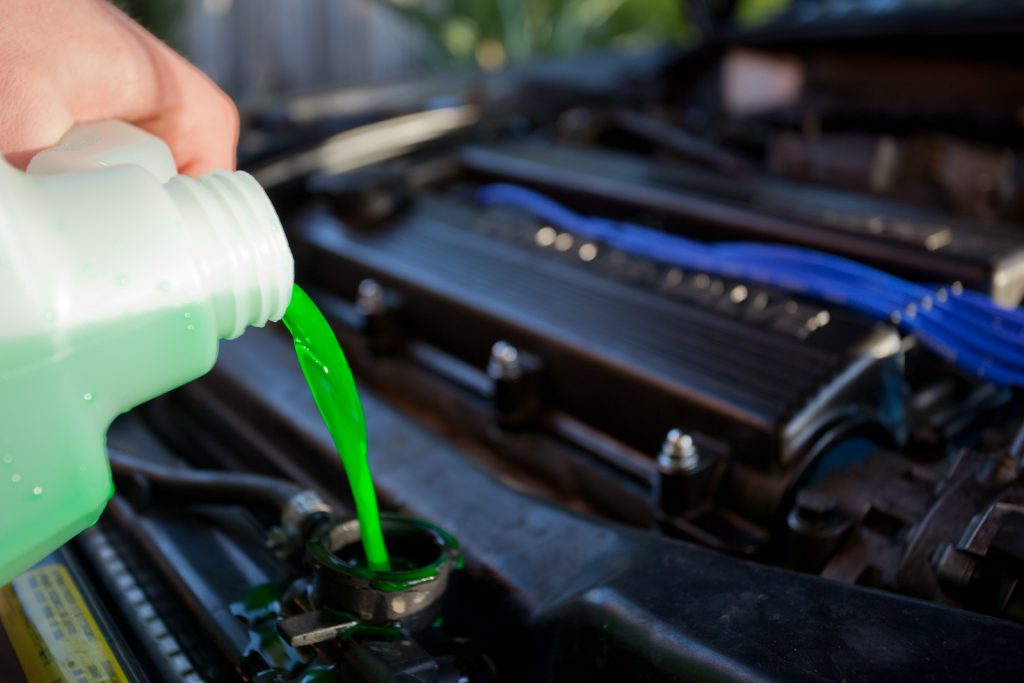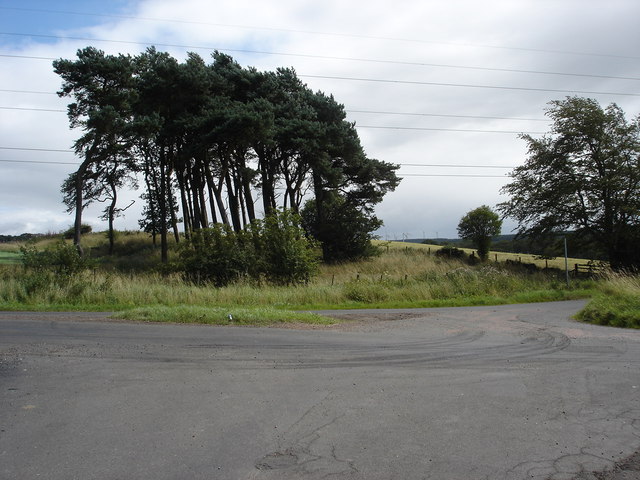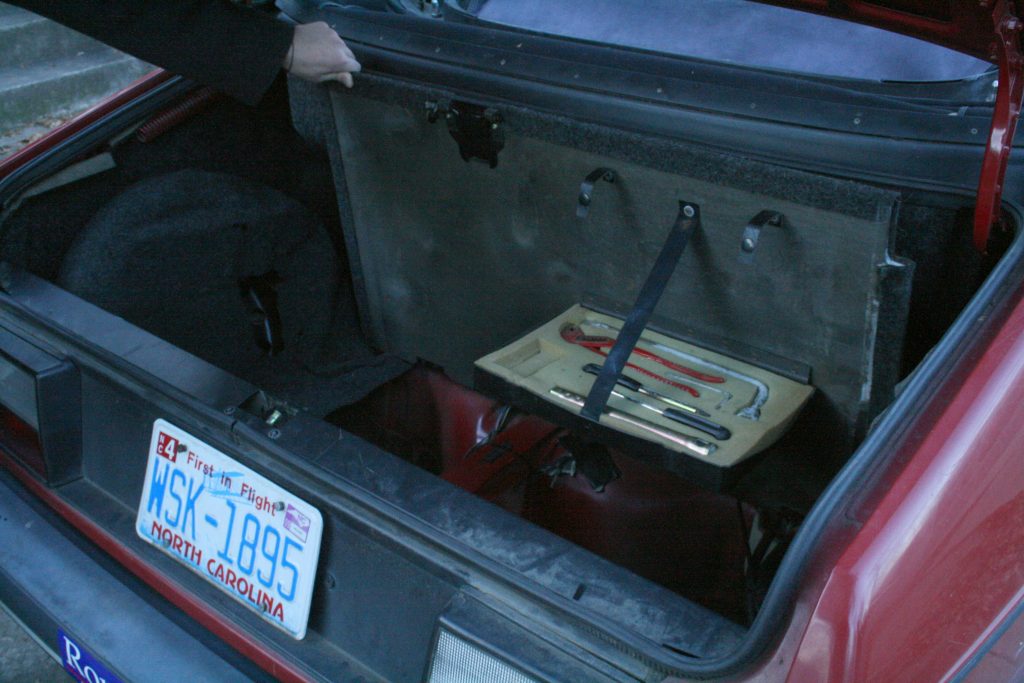Over the past twelve years we’ve fixed literally thousands of Subarus. Our customers keep coming back to us because they know we’re the best shop for their car. But what makes Soobie Surgeons unique? Why should you bring your car here? Why not another shop or the dealership? Give us a moment to tell you why you should bring your Subaru to us, instead of someplace else.
Quality
The hallmark of our business is our quality. When we started the business, we quickly realized that there is clearly a right way to fix a Subaru, and a wrong way. Usually, the right way takes a little bit more time and a lot more skill, but the qualitative difference is tremendous. Over a decade of experience working exclusively on Subarus has allowed us to hone our skills to deliver consistently high quality workmanship without the overhead of a dealership, or the generalized inexperience of other shops. Our dedication to quality is why we proceed with the utmost integrity when fixing our customers’ cars.
Cost
To put is quite simply, we offer the same, or superior quality of workmanship over a dealership and most other shops that are not specialized in one brand. We’re able to offer more affordable car repair than the dealerships and other shops because of our specialization and low overhead. We don’t have a lot full of cars for sale, nor do we have someone working on your Subaru who is inexperienced, and we pass the cost and time savings on to you.
Small Family-Owned Business
Our family loves Subarus, and loves owning a shop that fixes them. Investing in small business is good for the local economy, and strengthens your community through keeping resources local. We offer a high quality essential service at an affordable price because we think everyone deserves a fair deal for excellent work. Supporting small family-owned businesses is a wonderful way for you to show you care about your community, and want to keep it vibrant.
Your best interest
Bringing your Subaru to us isn’t like bringing it to a dealership or another shop. At other shops and dealerships, you are just another number in a spreadsheet. Here at Soobie Surgeons, you’re part of a loyal base of our customers we’ve been cultivating for over a decade. Why do we have your best interest at heart? Because every car that we fix for our customers keeps our customers on the road. Subarus consistently stay on the road longer than any other car, and having the opportunity to fix them the right way keeps them on the road longer. Rather than you having to buy a new car more frequently, we can keep servicing your Subaru with care.
Why should you choose us? Because we love what we do!


